
Below you will find a comprehensive list of services offered. The FALCON Center will recommend services if needs are identified during the neurodevelopment screening.
Services Offered at the FALCON Center
InterActive Metronome (IM)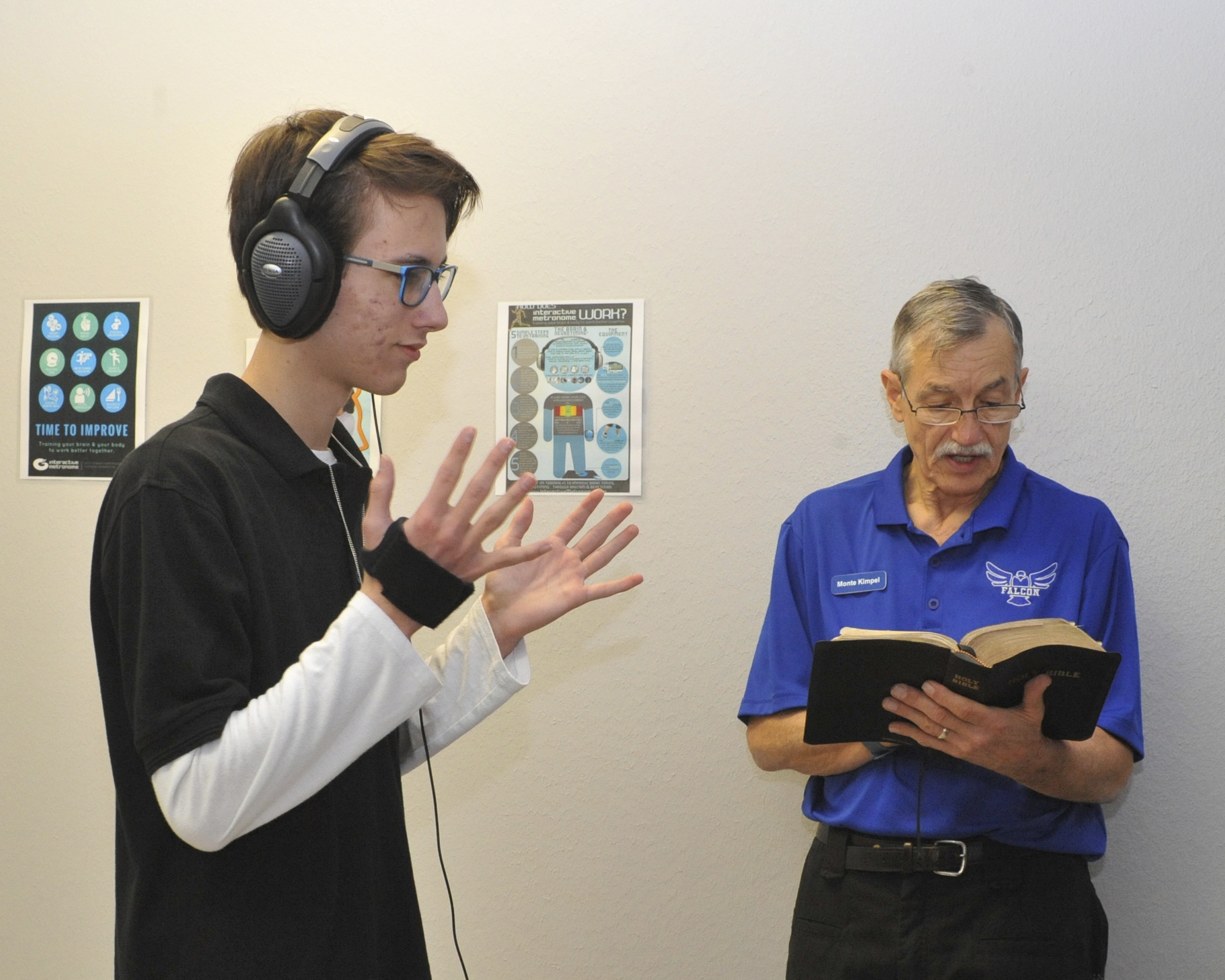
Interactive Metronome® (IM) is an evidence-based assessment and training tool that measures & improves Neurotiming, or the synchronization of neural impulses within key brain networks for cognitive, communicative, sensory & motor performance.
Auditory Integration Training (AIT)
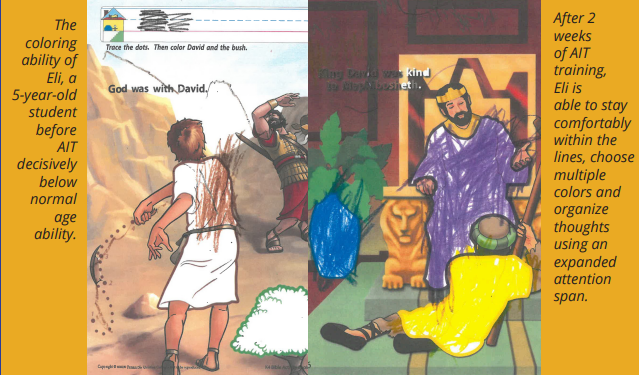
AIT is designed to improve the person’s ability to process sounds by ’re-educating’ the brain. This is done by playing electronically modified music or other sounds in which the frequencies have been changed. We often see improvements in academic performance, emotional regulation, processing speed, social skills, and more.
QRI Low-Level Laser 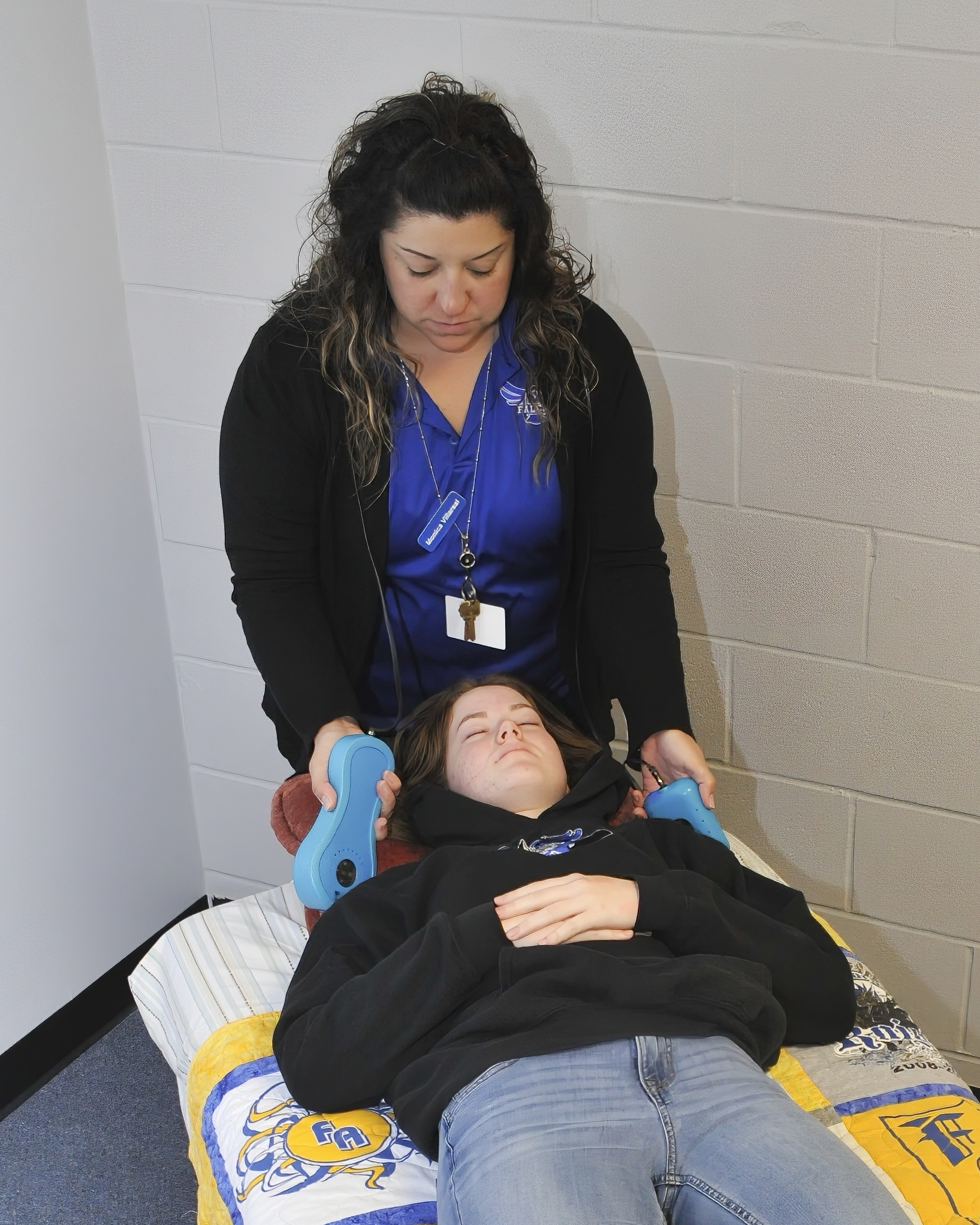
The Quantum Reflex Integration low-level laser combines both light and sound frequencies along with reflex integration protocols to rebuild and rejuvenate the nervous system on a cellular level. Proven to help with pain/inflammation, migraines, speech, handwriting, brain balance, calming the nervous system, anxiety, fear, and so much more.
Vision
The visual system is a significant part of the way we process information and a key factor in how we learn. Most of what you perceive, comprehend, and remember depends on the efficiency of the visual system. In the classroom, it is estimated that 85% of learning comes through the visual system. At the FALCON Center, we utilize many different vision exercises to help strengthen the visual system, resulting in strong visual processing and comprehension in the classroom and life.
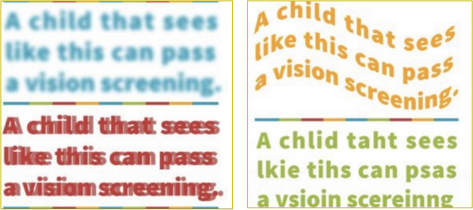
The FALCON Center also has a relationship with Bellaire Family Eye Associates in Houston, Texas. We refer individuals to Bellaire Family Eye Associates for neuro-optometrist appointments and visual diagnosis. In many cases, vision exercises can be completed at the FALCON Center.
RightEye
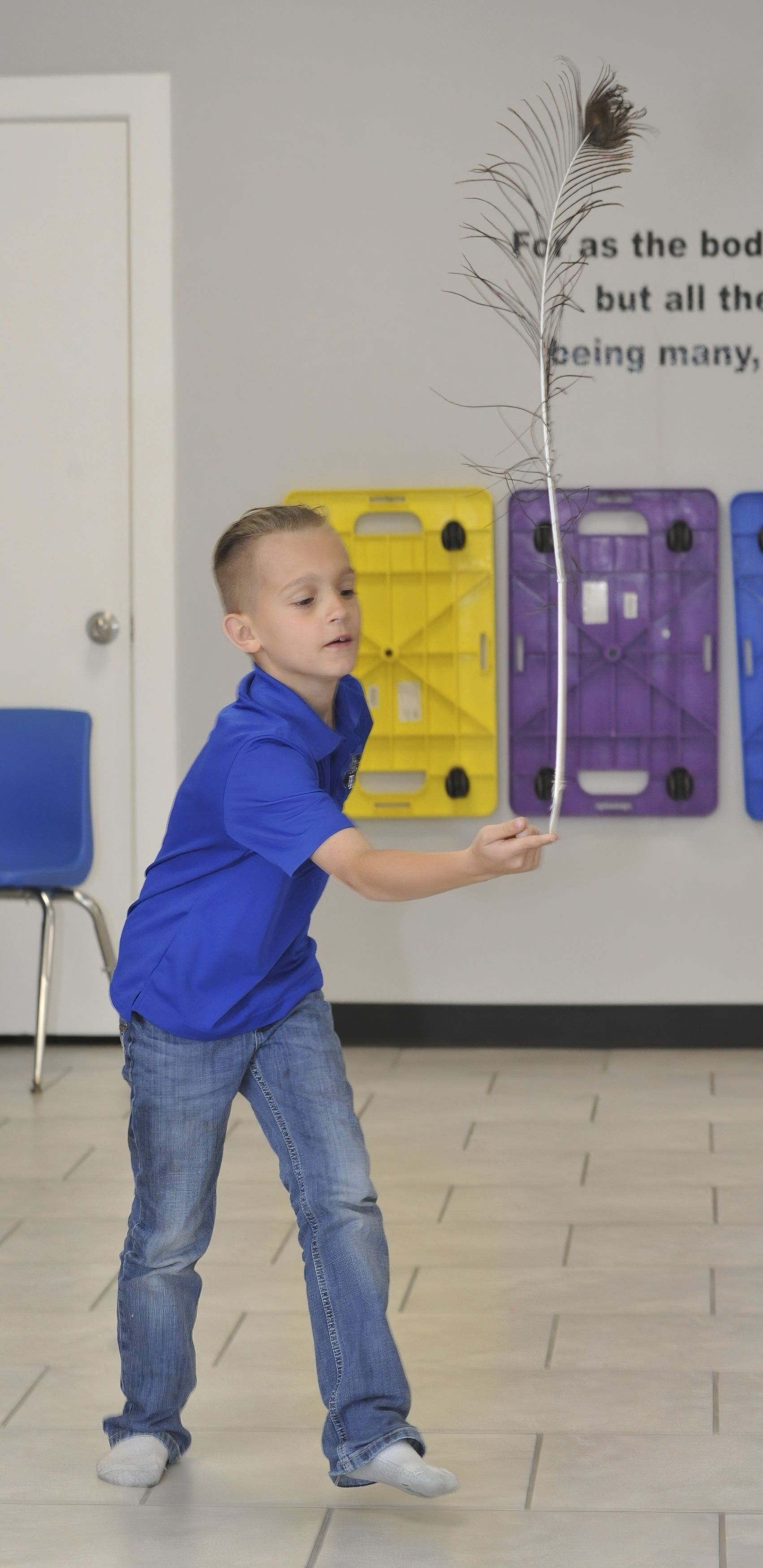
At The FALCON Center, visual skills are assessed via the RightEye. Reading is a complex process by which the eyes work together as they move along the lines of print while pausing three to five times per second to take in information. RightEye is used to identify any difficulty in this process. The results are compared to grade-appropriate information. It is then that we can fully see the coordination of the eyes, along with actual grade function.
Irlen
The Irlen Method identifies those with perceptual processing problems and can eliminate these problems using colored overlays and or IRLEN Spectral Filters worn as glasses or contact lenses. Approximately 46% of those with reading problems, ADHD, or dyslexia can be helped, as well as individuals who are seen as underachievers with behavioral, attitudinal, or motivational struggles.
Rhythmic Movements
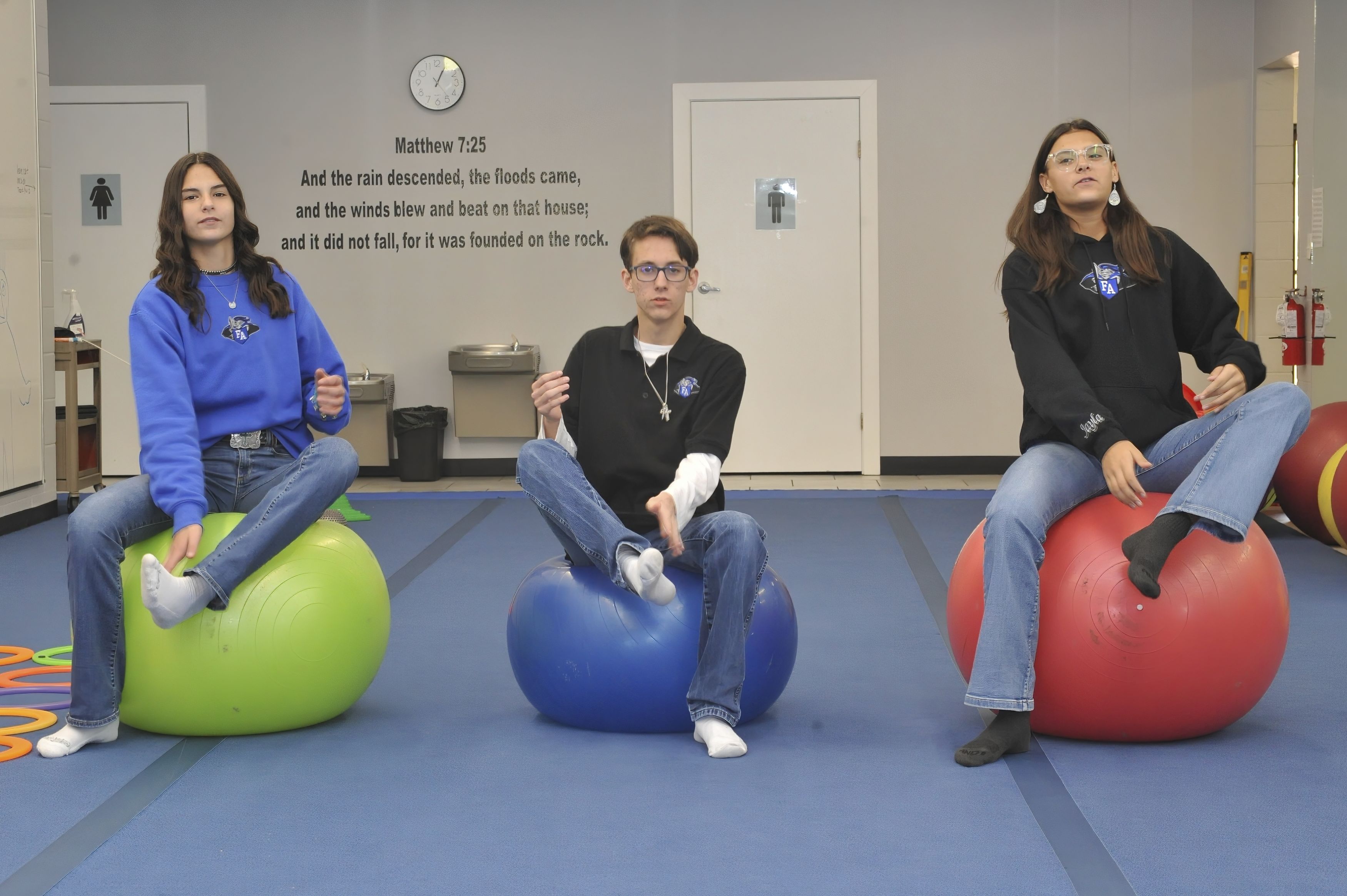
Rhythmic Movement Training is a movement-based, primitive (infant or neonatal) reflex integration program that uses developmental movements, gentle isometric pressure, and self-awareness to rebuild the foundations necessary to help overcome learning, sensory, emotional, and behavioral challenges for children and adults. Our staff are trained in multiple rhythmic movements by RMTi (Rhythmic Movement Training International), Blomberg, and Sonia Story, developer of the Brain and Sensory Foundations program. We have found that mimicking the natural God-given movements that a baby makes to integrate these foundational reflexes creates stronger connections in the brain. In FALCON we strive to do this in a fun and interactive way so that our students have a great attitude, making the connections even stronger.
Reading Intervention
The Reading Program at Faith Academy addresses reading challenges such as dyslexia, reading comprehension deficits, and reading fluency. The curriculum is Orton-Gillingham based and backed by the science of reading. That supports the most up-to-date research in the field of reading.
The science of reading draws upon various disciplines, including cognitive psychology, linguistics, neuroscience, and educational research.
The insights from the science of reading can significantly help a child learn to read by providing evidence-based strategies and approaches that optimize the reading-learning process.
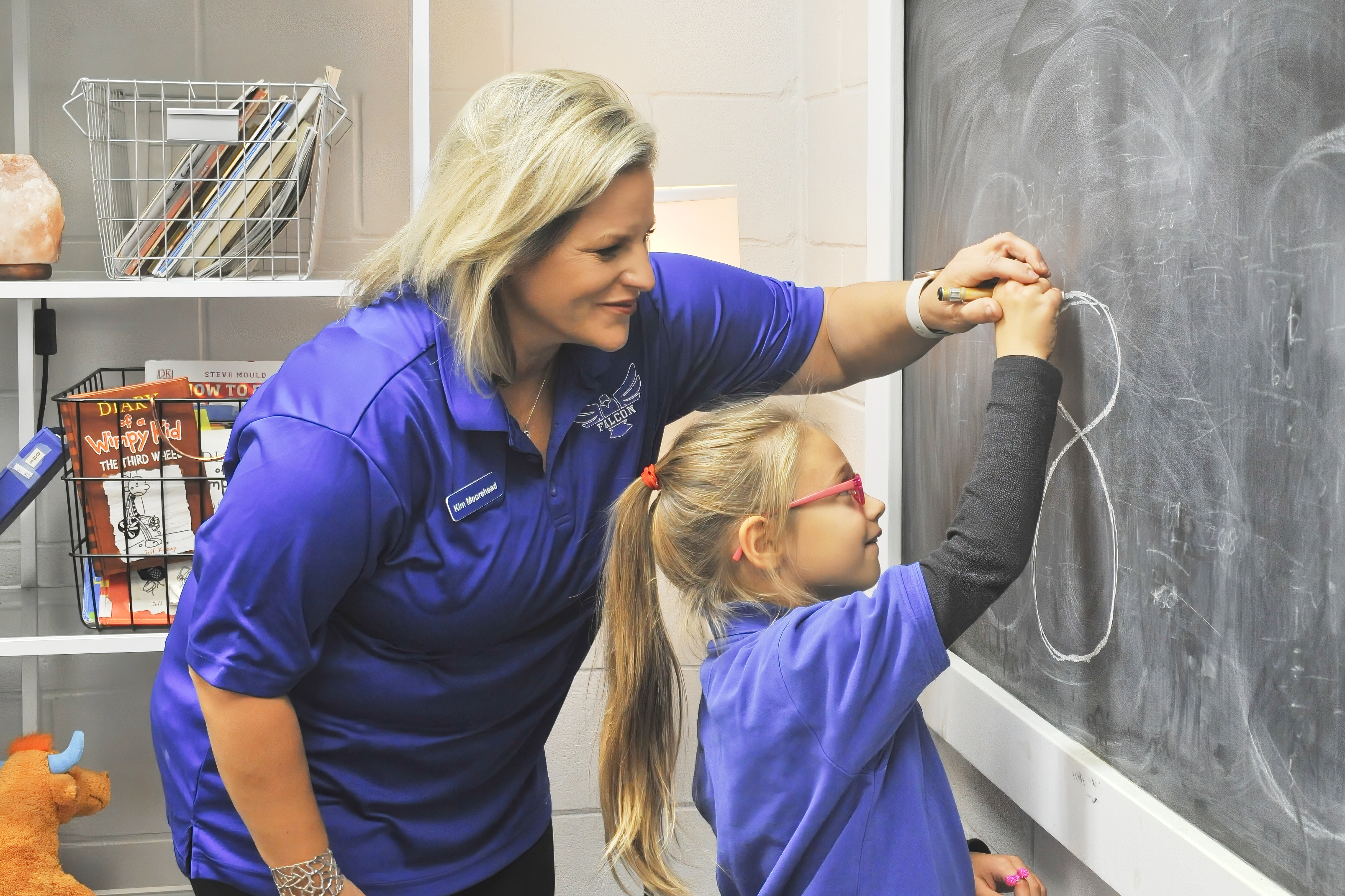
The science of reading helps educators and parents understand the complex process of reading. It breaks down reading into various components such as:
- phonemic awareness (understanding individual sounds in words)
- phonics (connecting sounds to letters)
- fluency (reading smoothly and with expression)
- vocabulary
- comprehension
This understanding enables targeted instruction for each aspect, ensuring a well-rounded reading foundation. Our lessons are multi-sensory, using various tools to make the learning process fun and engaging. We use items such as sensory tiles, iPad, Pop-its, Picasso tiles, and an interactive whiteboard.